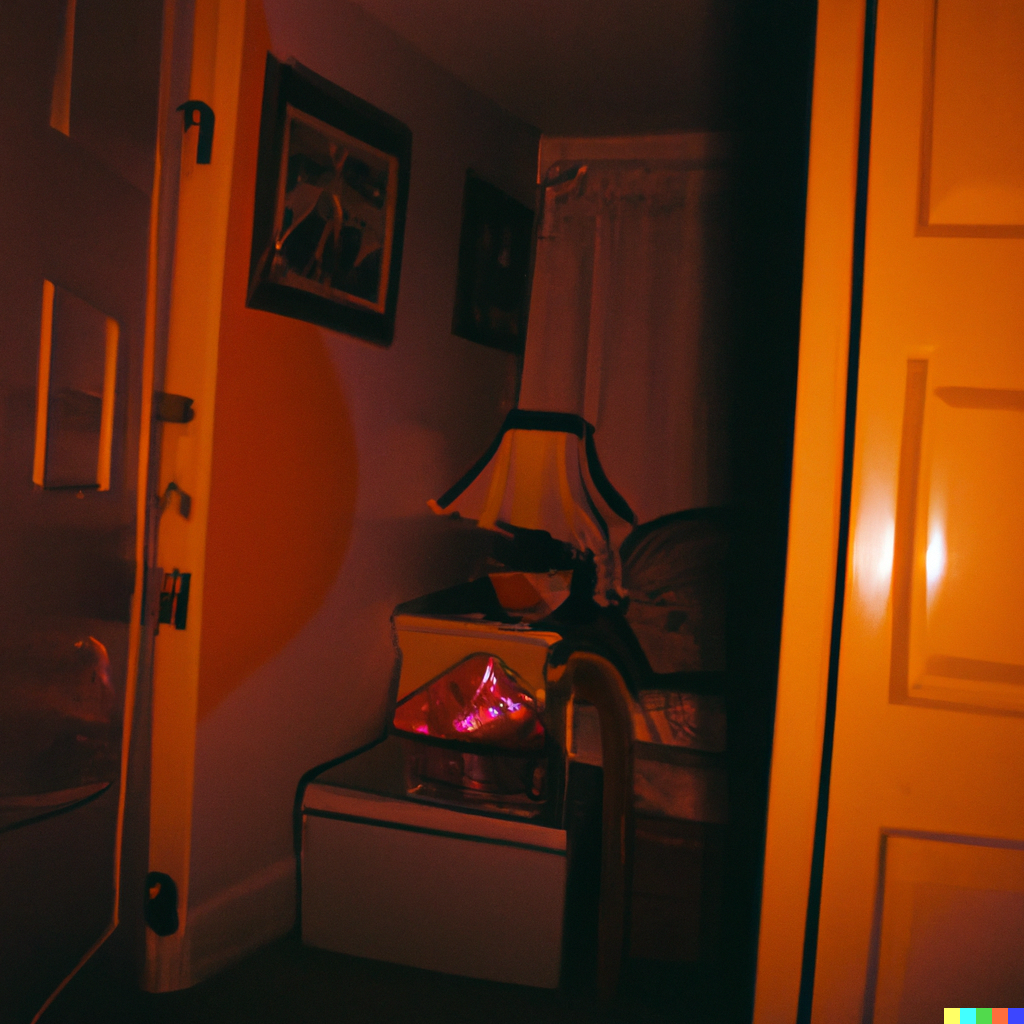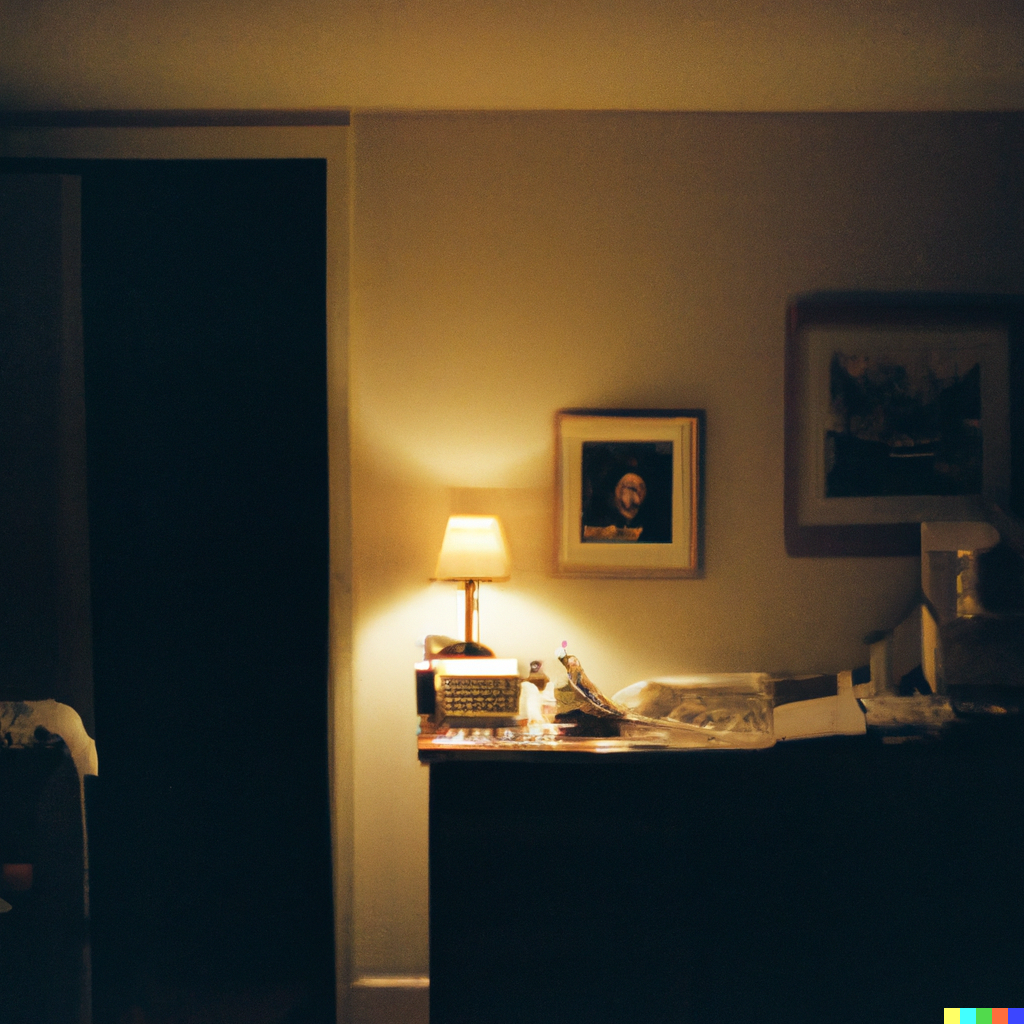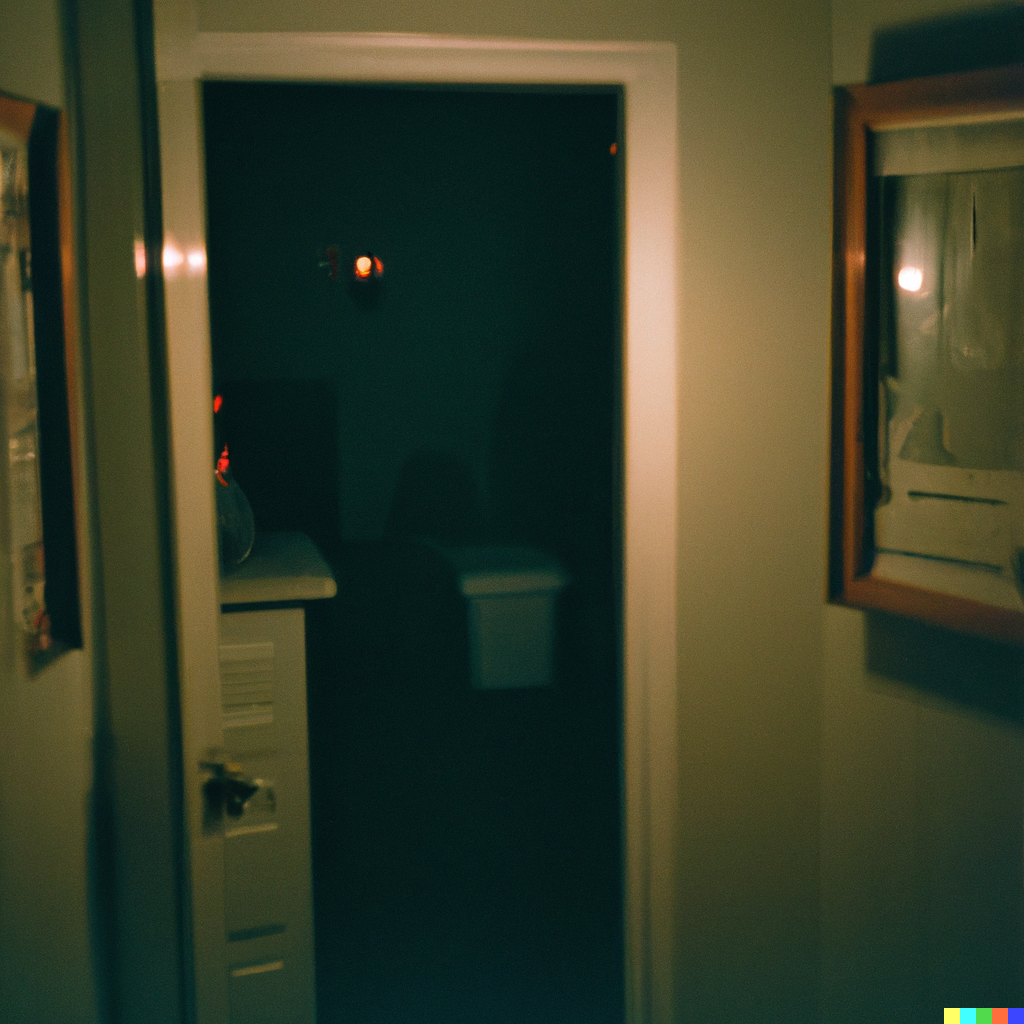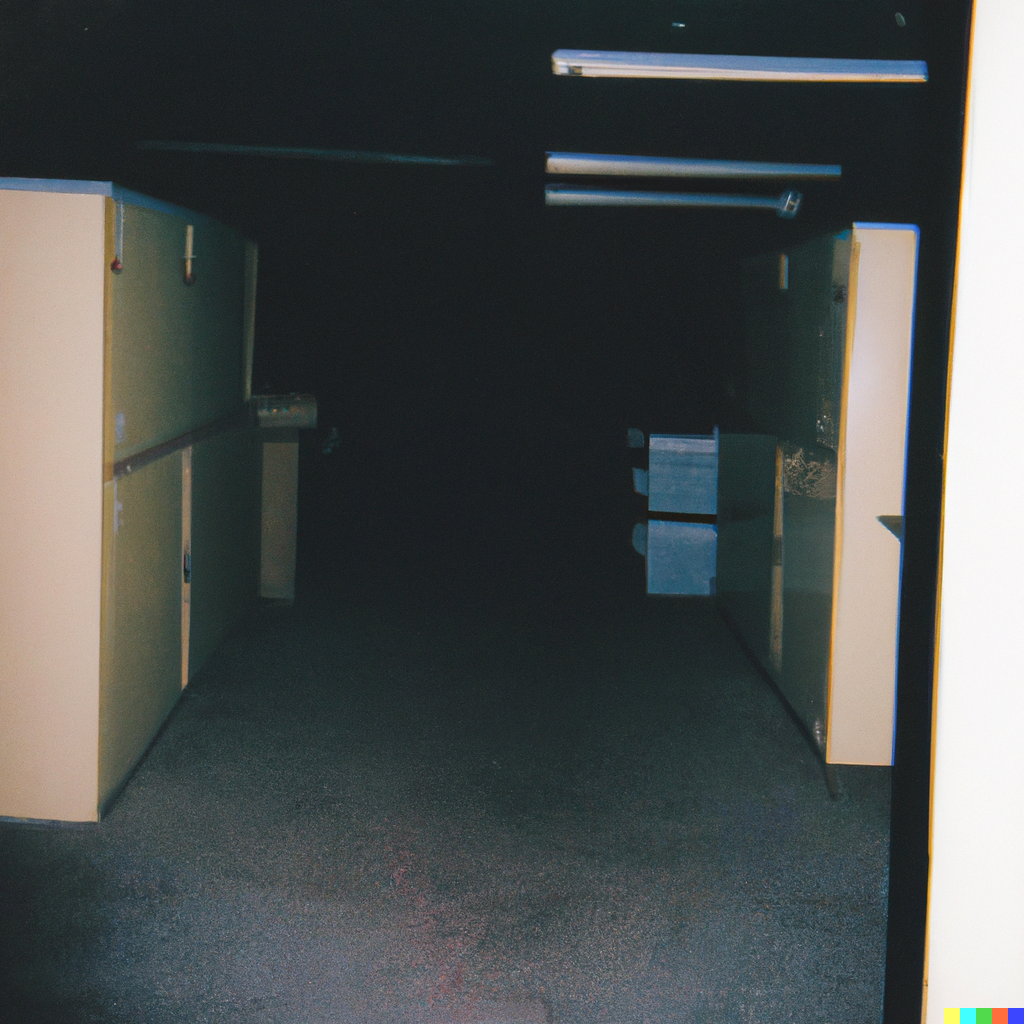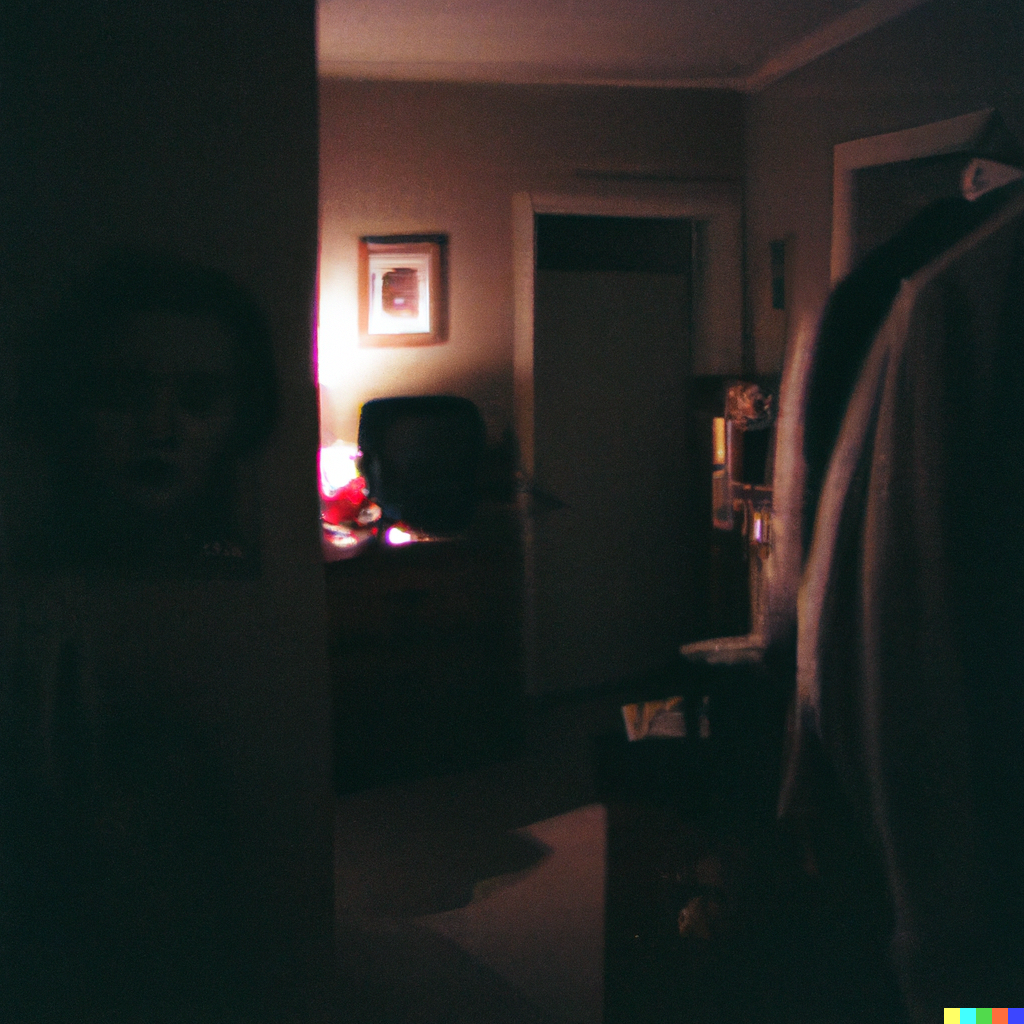Spring 2023 - Prof. Rosemary Engstrom @ Boston College
Digital Art: Print-Based Media
Course Summary
Digital Art: Print-Based Media was an advanced course that explores the intersection of digital art and printmaking. Students refined their technical skills in Adobe Photoshop and Illustrator while experimenting with a variety of printing materials, including fine-art papers, transparencies, adhesives, and fabric. Through hands-on projects, critiques, and discussions, the course emphasized the development of personal artistic style, conceptual thinking, and an understanding of digital art’s cultural and historical context.
Assignments ranged from stand-alone prints to artist books, interdisciplinary collages, and print-based installations, encouraging creative risk-taking and exploration. Group critiques played a central role, fostering dialogue about technique, aesthetics, and meaning. The course also introduced large-format printing and color correction techniques, ensuring students gained both practical skills and a deeper appreciation for digital print media as an expressive form.
Final Project
For my final project, I created a physical book printed on matte paper—a retelling of Skinamarink, the experimental horror film by Kyle Edward Ball. The film’s eerie depiction of liminal spaces and nostalgia-based horror resonated deeply with me, as these themes are central to my own artistic approach. I wanted to reinterpret its unsettling atmosphere in a new medium, translating its abstract narrative into a visually immersive experience.
At the time, I had no experience with photography, so I turned to AI-generated imagery to build the book’s visuals. Using OpenAI’s DALL·E 2—then still in its early, imperfect stage—I crafted hundreds of text prompts, refining the results through Photoshop to enhance their dreamlike and distorted qualities. The AI’s unnatural, uncanny aesthetic felt like the perfect complement to Skinamarink’s hazy, atypical storytelling. The final book serves as a distilled, more structured retelling of the film, recreating its surreal horror without relying on direct stills. Instead, it captures the film’s essence through an otherworldly visual language, blending technology, storytelling, and experimental digital art.
My preliminary DALL·E 2 images…
